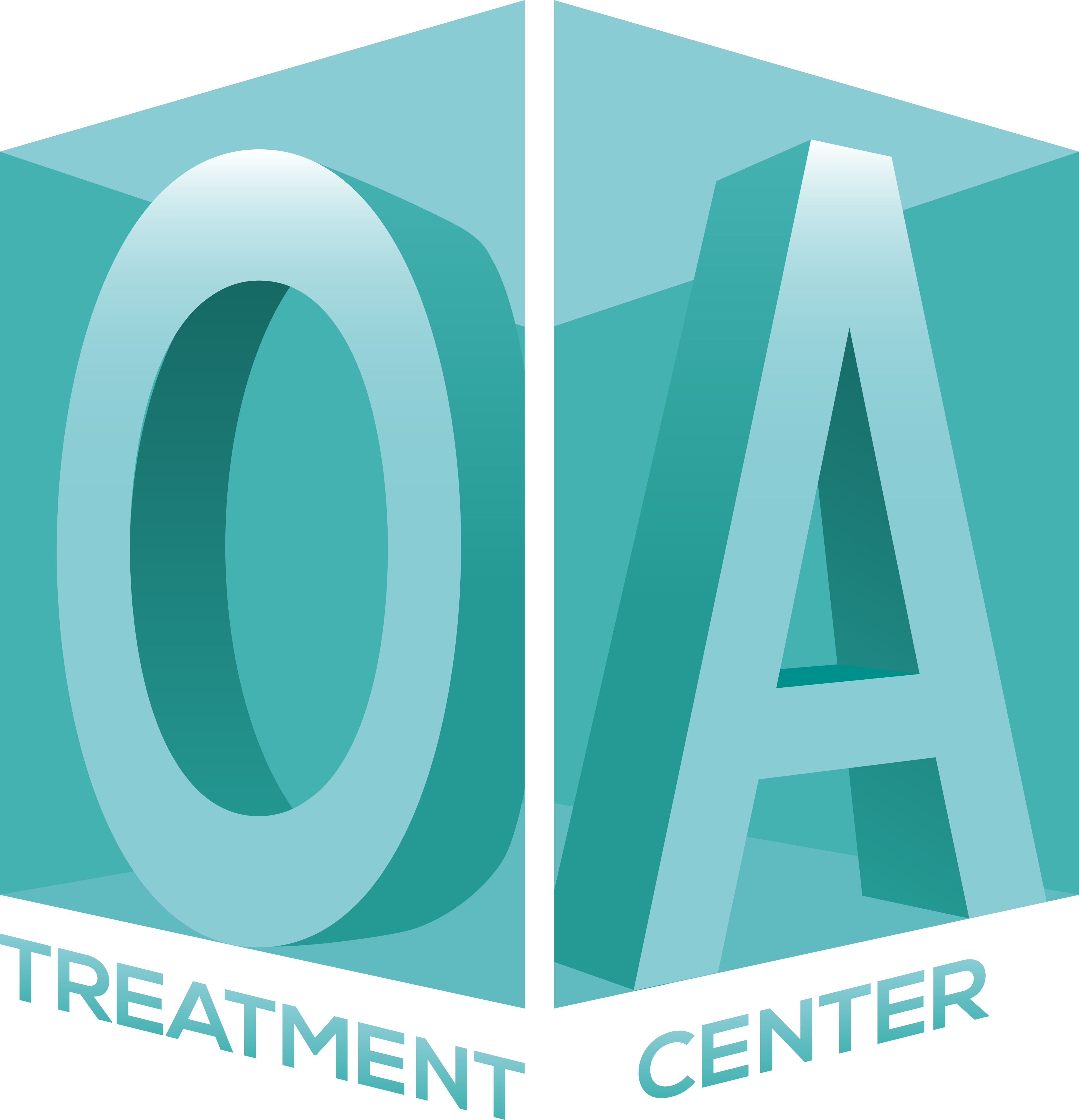Depression is common. It can range from mild to severe in intensity. Depression causes a person to feel persistently sad, blue, and empty. Symptoms affect how you think, feel and handle daily activities. Depression can cause changes in sleep, changes in appetite, reduced interest in activities previously enjoyed, changes in energy levels, trouble with concentration, interference with memory and making decisions, and some report increased feelings of guilt. Feelings of hopelessness, helplessness, and worthlessness can be intense and unrelenting. Self-loathing is common. Self-critical and self-derogatory thoughts are present and persistent. There is pervasive unhappiness. Positive emotions and humor are difficult to experience. Many report feeling extreme fatigue. Some experience thoughts about wanting the emotional pain to end; some but not all of these will report thoughts of suicide ideation. Adults, teens and kids can experience depression. Possible causes include a combination of biological, psychological, and social factors. For children (and some adults) depression can present differently, with increased irritability, increased physical complaints, agitation and restlessness. Whatever the cause of your depression, it’s important to tell your doctor how you are feeling.
There are many forms of depression. The causes of your depression will determine treatment direction. Here are brief descriptions of some (but not all) types of depression. These are listed for educational purposes. Seek assistance from a specialist to determine the type of depression you have and the right treatment for you.
Major Depressive Disorder: For at least two weeks or longer, individuals experience a depressed mood most of the day for most days. This is a change from their prior level of functioning. There is a loss of interest or pleasure in activities, and depression levels cause significant interference in life. This category can include those individuals that have a clear seasonal pattern to their depression episodes. Stats: Depression can occur at any age. Up to 7% of individuals experience major depression (up to 1 in 15 people; 12 month prevalence). Those from 12-29 have a higher rate of depression. Major depression is more common in females by 3:1. Sadly, estimates report that more than 60% of teens, and 35% of adults with major depression do not receive treatment (NIMH, 2017).
Persistent Depressive Disorder (Dysthymia): If an individual’s mood disturbance continues long term, for at least two years for adults (one year for kids, and depression may display itself as increased irritability), then they may qualify for this diagnosis. People experience chronic sadness. and depression becomes a part of their everyday experience. These individuals will not have more than two months of relief from their depression over a two year period. Stats: About 4% of people struggle with this form of chronic depression (roughly 1 out of every 25 people).
Bipolar Disorder: There are different forms: bipolar I and bipolar II. Those struggling with bipolar disorder experience instability of mood which can result in impairment in work and social functioning. In bipolar I, a major depressive episode is common, but it is not required for a diagnosis. With bipolar I, it is necessary to meet the criteria for experiencing a manic episode. In bipolar II, individuals usually have significant amounts of time experiencing depression. For this diagnosis, an individual has to experience at least one episode of major depression in their lifetime, and at least one hypomanic episode. An accurate assessment determines treatment directions. Stats: Prevalence is about 2%, or 2 out of every 100 people for individuals 12 and older.
Postpartum (Peripartum) Depression: Onset of depression episodes can occur either during pregnancy (peripartum) or after delivery (postpartum). Mood changes are due to pregnancy neuroendocrine changes. This form of depression is often accompanied by anxiety and panic attacks. Stats: Between 3-6% of women will experience this form of depression (up to 6 out of every 100 women).
Premenstrual Dysphoric Disorder: Some women report increased mood lability just prior to the beginning of their menstrual cycle. Lability refers to a more rapid than usual mood change involving higher intensity of emotions which are experienced in a way that is greater than the person’s feelings. Mood changes can include depression but may also include irritability and/or anxiety. Changes such as insomnia or hypersomnia, difficulty concentrating, and changes in appetite, etc. are present. This experience starts just before the menstrual cycle, and ends around the onset on menses or shortly after. This is followed by a time of being symptom free prior to the next menstrual cycle. This pattern is seen over more than two cycles (via daily symptom ratings). Stats: Prevalence is estimated about 1.5 % of menstruating women (1 – 2 out of every 100).
Adjustment Disorder with depression (with or without anxiety): A depressive episode can occur in response to a psychosocial stressor. An individual may experience emotional and behavioral symptoms about three months after a major life change. The distress causes some interference in life, and the distress is more than what would typically be expected from that life event. Distress can be in the form of anxiety, or depression, or both. Examples can include: recent move, job change, family change, recent medical diagnosis, recent surgery, relationship change, medical treatment, unremitting pain, etc. Stats: Many people experience anxiety and/or depression in response to a stressor, and while the exact stats are unknown, it is estimated that between 5 to 20 percent of people struggle with higher than expected emotional levels following a major life event (up to 1 out of every 5 people). Male and female are impacted equally.
Depression due to a medical condition: A prominent and persistent period of mood dysregulation that is due to the etiology of the underlying medical condition. Examples can include stroke, Huntington’s disease, Parkinson’s disease, Cushings’s disease, multiple sclerosis, systemic lupus, traumatic brain injury, hypothyroidism, etc. It can be important to assess the biological influence of the medical condition itself versus an adjustment reaction with depression as a result of the medical condition’s contribution to life stress.
Substance/Medication induced depression: The key variable in this etiology is the causal relationship of use of medications or substances prior to the induced mood dysregulation, and/or during withdrawal. Depressive symptoms are associated with ingestion, injection, or inhalation. For example, a small percent of people may experience medication induced depression from
antiviral agents, cardiovascular medications, retinoic acid derivatives, antidepressants, anticonvulsants, anti-migraine agents, antipsychotics, hormonal agents (including corticosteroids and oral contraceptives), and immunological agents, to name a few. For a small percent of people, substance induced depression may also result from the use of amphetamine or other stimulants, sedatives, hypnotic or anxiolytics, cocaine, opioids, alcohol, inhalants, phencyclidine or other hallucinogen, to name a few.
Disruptive Mood Dysregulation Disorder: This category is for children and preteens (up to 12 years old) with chronic persistent irritability, and frequent episodes of extreme behavioral dysregulation. Temper outbursts are common. Children can express depression differently than adults. It is important to carefully distinguish this mood disorder from other conditions with a similar presentation, as this guides treatment direction.
Bereavement and Loss: Feelings of loss can be caused by the death of a loved one, losses due to a natural disaster, financial ruin, experiencing a serious medical illness or disability, etc. These events may include feelings of intense sadness, rumination about the loss, insomnia, appetite changes, which can resemble a depressive episode. Normal levels of sadness and feelings of emptiness are seen at these times. The sadness typically is experienced in waves and tends to decrease over time. Self-esteem is generally preserved. These symptoms are understandable and appropriate to loss. However, for some, as time continues, an ongoing persistent depressed mood, increased negative and pessimistic ruminations, feelings of worthlessness and difficulty experiencing pleasure, may suggest a depression diagnosis.















